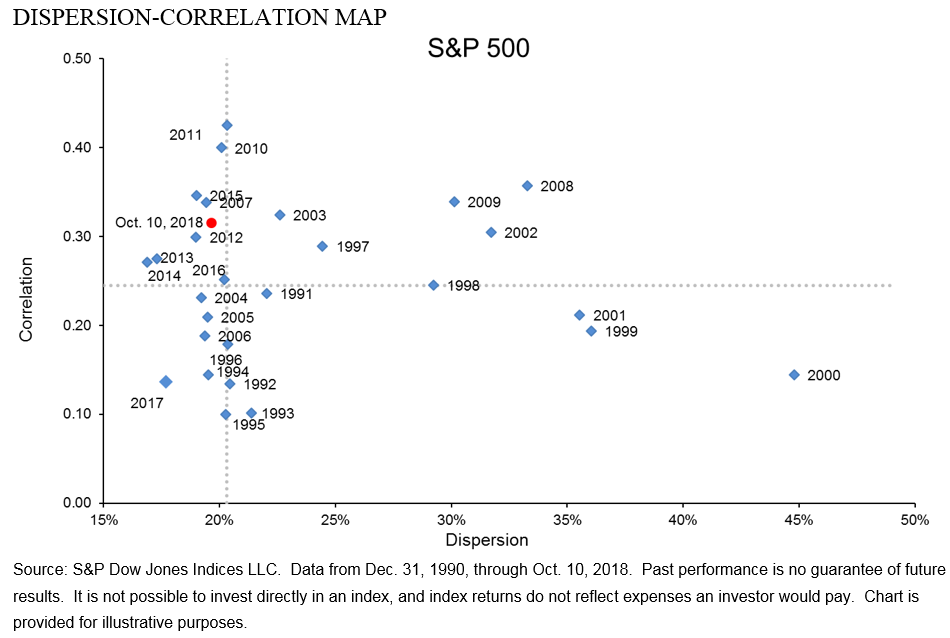Many people believe that index-based investing and market beta are synonymous. With the growing popularity of index-based investing, exchange-traded funds and index funds based on market benchmarks such as the S&P BSE SENSEX, S&P BSE 100, and S&P BSE 500 are slowly gaining ground. Investors have been familiarizing themselves with market returns linked to these benchmarks that represent the behavior of India’s equity markets. Assets in the passive Indian landscape have witnessed a significant growth with a range of products that have also started expanding to factor-based strategies.
What are these factor indices, and how are they different from standard market benchmarks and sector indices? Let’s look at factor indices using an analogy to tea drinking. While one can have the standard black tea with or without milk, today we are flush with options and different available flavours such as mint, chamomile, lemon, etc. Each of the flavours provides a different experience that differs from the standard.
If we extend this to indices, the S&P BSE SENSEX, S&P BSE SENSEX 50, S&P BSE 100 and similar indices that are market-cap based and showcase the movements of the Indian equity market within the segments they seek to track, be it the top 30 stocks of the market, top 50, or 100. Similarly, other market-cap-based indices such as the S&P BSE LargeCap Index, S&P BSE 150 MidCap Index, and S&P BSE 250 SmallCap Index are designed to represent market segments based on size.
Now if we want to add a new flavour to index design, we could select index constituents based on factors. These factors can be measures of volatility, quality (based on return on equity, accruals ratio, or financial leverage ratio), value (based on book value-to-price, earnings-to- price, or sales-to-price), among others. The resulting index is not market-cap weighted, but rather it is weighted by the specific factor. The behavior of such indices differ from those that are market-cap weighted in that the specific factor plays the primary role in the characteristics of these indices. For example, the S&P BSE Quality Index will have different risk/return characteristics from the S&P BSE SENSEX.
Exhibit 1 demonstrates the behavior of the various S&P BSE factor indices compared with one of India’s market benchmarks, the S&P BSE SENSEX.



























































